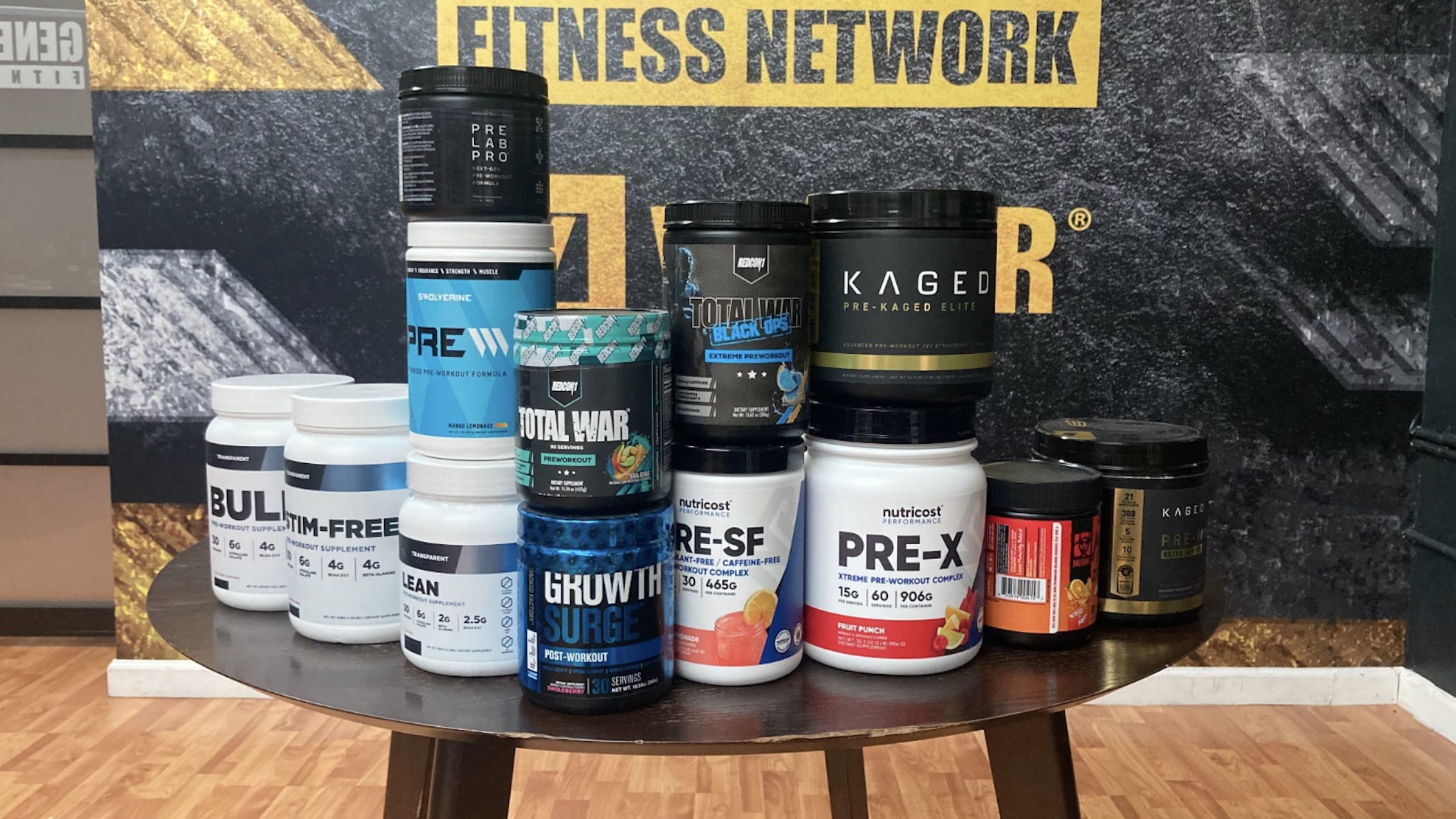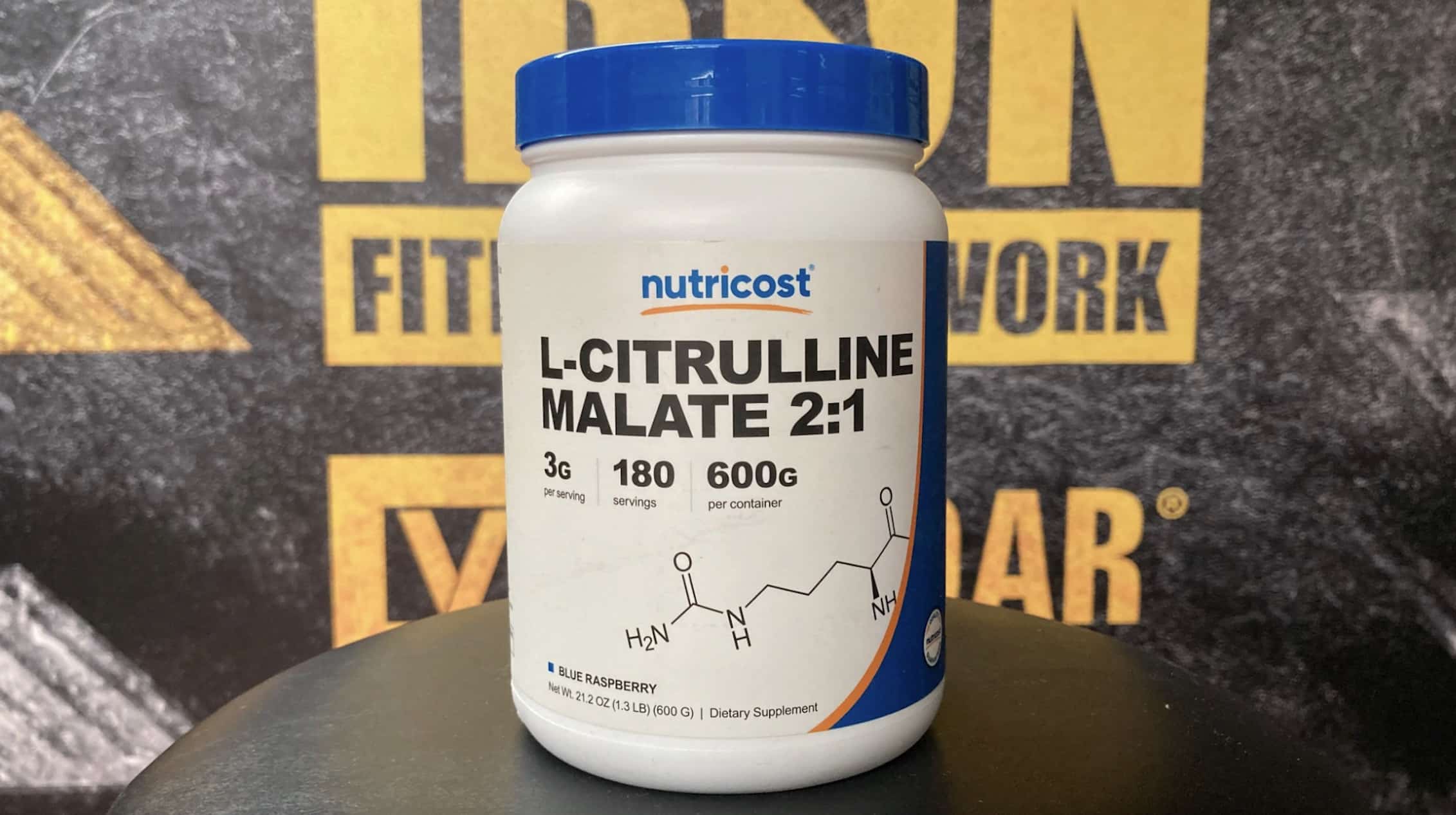Blast your abs with these ¾ sit-ups
A set of defined abs are something that everyone wants, but not many people are sure how to get it. When it comes to strengthening the core, the sit-up has long been a staple in fitness routines. However, the traditional full sit-up can sometimes put undue strain on the lower back and hip flexors, leading to discomfort or not effectively hitting the muscle. This is why you should consider the ¾ sit-up, an effective variation that minimizes these risks while still providing a robust workout for your abdominal muscles.
Let’s take a look at the ¾ sit up and what it entails.
¾ Sit Up Overview
The ¾ sit-up is a modified version of the traditional sit-up. Instead of lifting your upper body all the way to your knees, you raise it only three-quarters of the way. This modification reduces strain on the lower back and hip flexors, making it a safer and more comfortable exercise for many people. The ¾ sit-up primarily targets the rectus abdominis (the “six-pack” muscles) and the obliques, while also engaging the deeper core stabilizers.
Muscles worked: Abdominal
Equipment needed: None
How to do the ¾ Sit Up
1. Lie down on your back on an exercise mat or the floor. Secure your feet under the handles of dumbbells or a machine so they don’t lift off during the exercise.
2. Keep your hands at the sides or behind your head and your knees bent. You do this so you can’t use your arms to generate momentum by swinging them.
3. Contract your hips and spine to raise your torso towards your knees.
4. Your torso should be perpendicular to the floor at the top of the movement.
5. Slowly return to the starting position but go only ¾th of the way down. Repeat for the recommended reps.
6. Exhale and squeeze your abs at the top of the movement and breathe in while going down.
7. By not touching the floor on the way down, we can keep constant tension on the abs.
Benefits of the ¾ Sit-Up
- Reduced Lower Back Strain: By limiting the range of motion, the ¾ sit-up places less stress on the lower back compared to the traditional sit-up.
- Improved Core Activation: The partial range of motion keeps constant tension on the abdominal muscles, enhancing their activation and strength development.
- Versatility: The ¾ sit-up can be modified to suit different fitness levels. Beginners can start with fewer repetitions, while advanced exercisers can add weight for increased resistance.
- Better Posture: Strengthening the core muscles helps improve overall posture and stability, reducing the risk of injuries and enhancing performance in other physical activities.
Tips for Maximizing the Movement
- Maintain Proper Form: Focus on using your abdominal muscles to lift your upper body. Avoid pulling on your neck or using momentum to complete the movement.
- Breathe: Exhale as you lift your body and inhale as you lower it. Proper breathing helps maintain core engagement and reduces the risk of straining.
- Incorporate Variations: To keep your workouts interesting and challenging, try incorporating different variations of the ¾ sit-up, such as adding a twist at the top of the movement to engage the obliques more.
Common Mistakes to Avoid
- Arching the Back: Allowing your lower back to arch can lead to discomfort or injury. Keep your back flat on the floor and your core engaged throughout the exercise.
- Using Momentum: Swinging your arms or using momentum to lift your body reduces the effectiveness of the exercise. Focus on slow, controlled movements.
- Inconsistent Breathing: Holding your breath can increase tension in your muscles and lead to fatigue. Remember to breathe steadily throughout the exercise.
Wrap Up
The ¾ sit-up is an excellent core exercise that offers the benefits of traditional sit-ups while minimizing the risk of lower back strain. By incorporating this modified sit-up into your fitness routine, you can effectively target your abdominal muscles, improve your core strength, and enhance your overall fitness. Whether you are a beginner or an experienced exerciser, the ¾ sit-up is a versatile and beneficial addition to any workout regimen.
Let us know what you think in the comments below. Also, be sure to follow Generation Iron on Facebook, Twitter, and Instagram.









